Your child scores the winning goal, but your camera shows a blurry mess. Your dog does that hilarious head-tilt, but you missed it fighting with autofocus.
Imagine never having to deal with that frustration again. That’s where back button focus comes in.
This simple camera trick is like finding a secret level in your favorite video game. It exists right on your camera, but most people never use it.
Back button focus separates two actions your camera normally does at once. Instead of your shutter button handling both focus and taking the picture, you split these jobs between two buttons.
Let’s see how this hidden feature can change your photography, without buying any new gear or spending a dime.
What is Back Button Focus?
Back button focus is a camera setting that moves the autofocus control from the shutter button to a separate button on the back of your camera.
So instead of half-pressing the shutter to focus, you use your thumb to focus with the back button and your index finger to take the shot. This separates focusing from shooting.
Think of it this way: You wouldn’t use one pedal for both gas and brakes in your car, right? So why let one button handle two critical jobs in your camera?
This tiny change to your camera setup feels weird at first, kind of like switching from typing with two fingers to using all ten. But once you get the hang of it, you’ll wonder how you ever shot photos the old way!
Why Use the Back Button for Focus?
Your camera is trying to do too much with one button – and it’s holding you back. Here’s why switching to back button focus changes everything:
- Shoot multiple shots without refocusing – Focus once and take as many pictures as you want
- Stop accidental refocusing – No more ruined shots when you press the shutter button too hard
- Lock focus where you want it – Focus on your subject, then recompose your shot freely
- Master moving subjects – Perfect for sports, kids, and pets that won’t stay still
- React faster to action – Your camera is always ready to shoot without hunting for focus
- Take control of your camera – You decide when to focus, not your camera
Most cameras use the shutter button for both focusing and snapping the photo. That sounds easy, but it can cause trouble when your subject is moving, or when you want to lock focus and reframe.
By using a separate back button to focus, you’re in charge of when and how your camera focuses.
The Pros and Cons of Back Button Focus
Like any camera technique, back button focus has its strengths and challenges. Before you make the switch, let’s weigh both sides:
| Advantages | Disadvantages |
|---|---|
| More control: Lock focus and recompose without refocusing every time | Takes practice: Feels strange at first, especially if you’ve used the shutter button for years |
| Faster shooting: Great for action shots—focus once, then shoot as needed | Not ideal for every situation: Quick point-and-shoot moments might be harder |
| Better tracking: Continuous focus (AF-C or AI-Servo) becomes easier to handle | Can be confusing: Sharing your camera with others? They may not like or understand the setup |
| Easier portrait sessions: Focus on the eyes once, then shoot multiple poses | Battery drain: Keeping your thumb on the focus button can use slightly more power |
| Switch focus modes on the fly: No need to change settings between still and moving subjects | Camera handling: You need to hold your camera differently, which might feel awkward at first |
| Less missed shots: No accidental refocusing when pressing the shutter button | Menu diving required: Setting it up means going into your camera’s custom settings |
Think of back button focus as a power tool. Sure, it has a learning curve, but once you master it, you’ll have much more precise control over your photos.
Most professional photographers swear by this technique for a reason—it solves real problems that come up in everyday shooting.
Is it worth the effort to retrain your muscle memory? Let’s look at some real-world situations where back button focus makes all the difference.
When Back Button Focus Shines: Real-World Examples
Back button focus isn’t just a fancy trick; it solves actual problems you face while taking photos. Here are some situations where it really pays off:
Sports and Action Photography
Have you ever tried photographing your kid’s soccer game? With normal focusing, your camera tries to refocus every time you press the shutter, often missing the perfect moment as players run across the field.
With back button focus, you can track a player by holding down the focus button with your thumb, then snap photos with your finger whenever the action peaks.
Your camera stays locked on your subject without getting confused by other players crossing the frame.
Portrait Photography
When taking portraits, the eyes should be sharp. With traditional focusing, if you focus on the eyes and then recompose your shot, you might accidentally refocus when taking the picture.
Back button focus lets you lock focus on the eyes once, then shoot multiple poses without worrying about where your focus point is. This means more keepers and fewer disappointing soft-focus shots.
Wildlife Photography
Birds, deer, and other wildlife don’t pose for you. They move unpredictably, often behind branches or leaves.
With back button focus, you can pre-focus on a spot where you expect the animal to appear, then wait with your finger ready on the shutter.
When your subject shows up, you can snap instantly without the delay of focusing, which often means the difference between getting the shot or missing it.
How to Set Up Back Button Focus in Your Camera
Don’t worry, you don’t need to be tech-savvy to set this up. Most cameras made in the last 10 years support back button focus, and it only takes a minute to configure.
- Open your camera’s menu.
- Turn off AF from the shutter button.
- Assign the AF function to a back button, like the AE-L or AF-ON button.
Check your camera manual or search your model online for exact steps.
Different brands have slightly different menus, but the concept is the same: you tell your camera to stop focusing when you press the shutter and to focus only when you press the back button instead.
For a step-by-step demonstration of how to set this up on your specific camera, check out this helpful YouTube tutorial that walks you through the process with clear examples.
Once you’ve set it up, give yourself at least a week of regular shooting to get used to the new method. Your thumb might feel awkward at first, but soon the movement will become second nature.
Ready to Level Up Your Photography?
Back button focus isn’t just another camera trick; it’s a game-changer that puts you in control. Yes, it takes a week or two to get comfortable with it, but the payoff is worth it.
Think about those moments you’ve missed because your camera was hunting for focus. Or those almost-perfect shots where the focus landed on the wrong spot. Back button focus can fix those problems for good.
Give it a try this weekend. Set it up, practice in your backyard, and stick with it even when it feels weird. Within a few days, your fingers will adjust, and you’ll start seeing the difference in your photos.
Your best shots are waiting. All you need to do is press the right button.

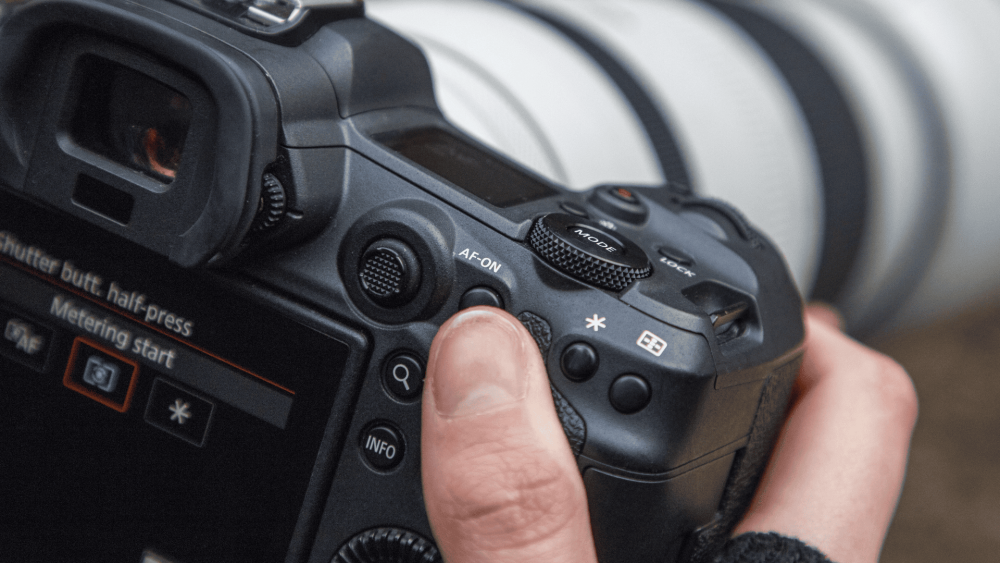
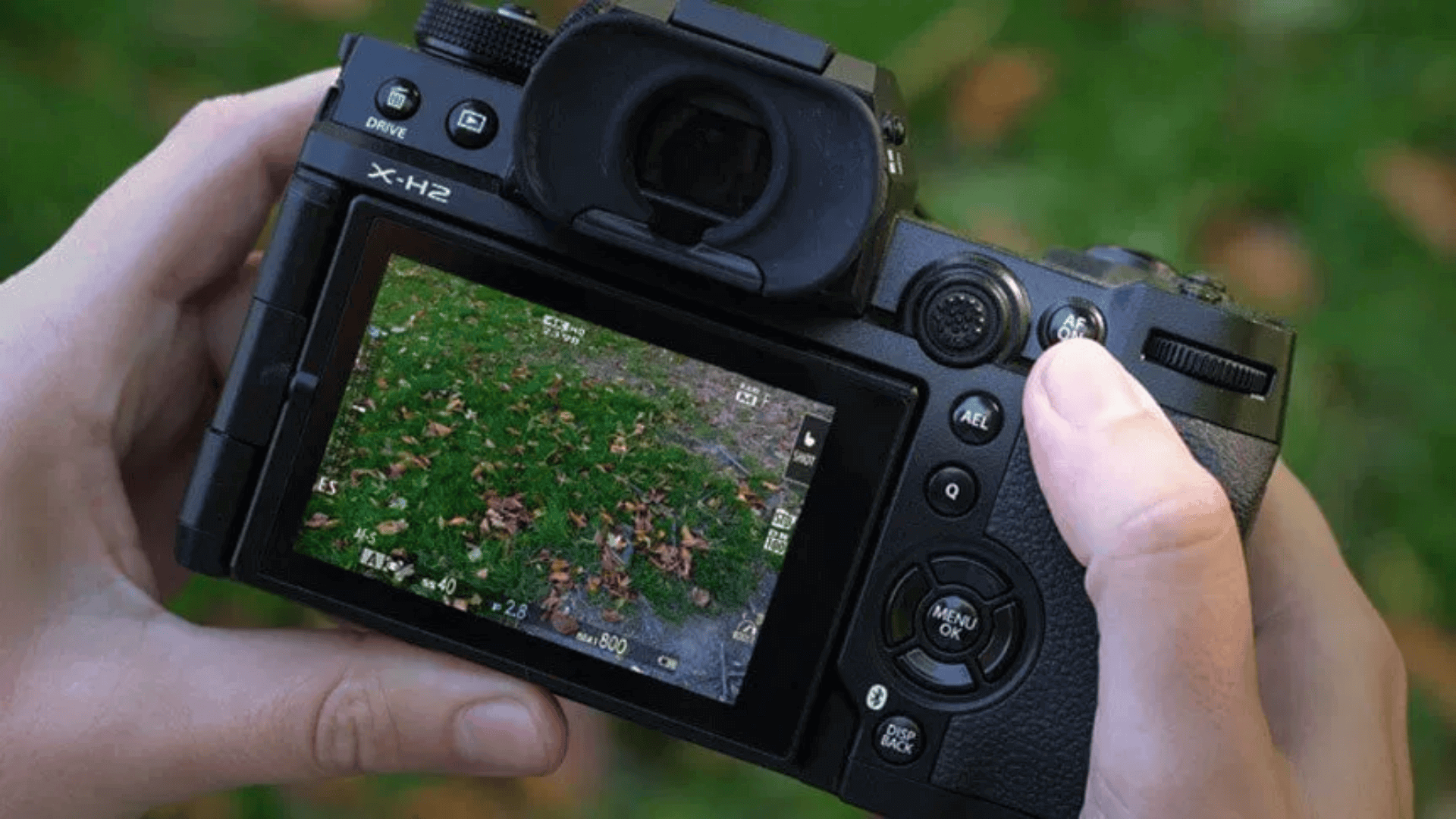
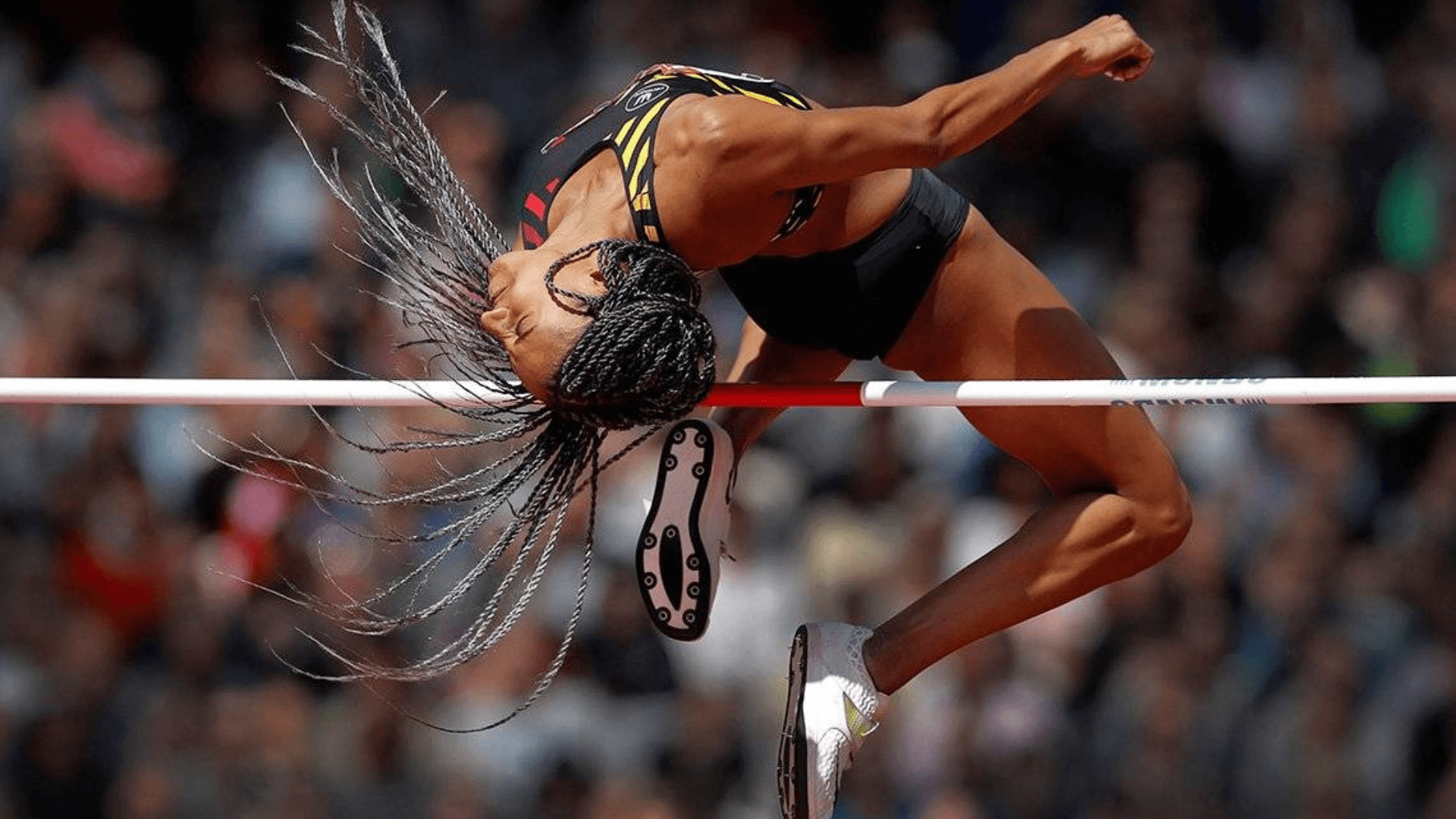

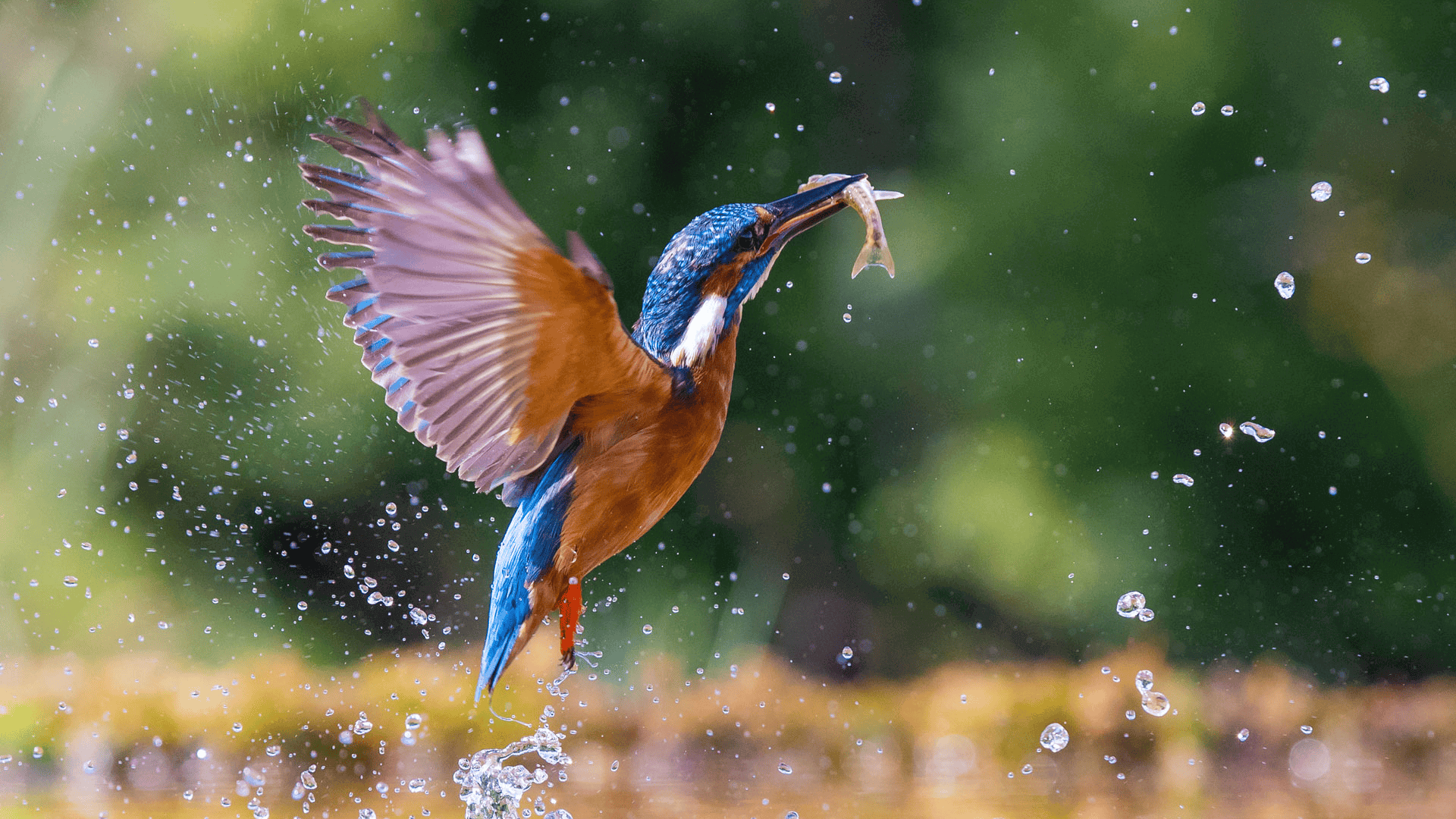

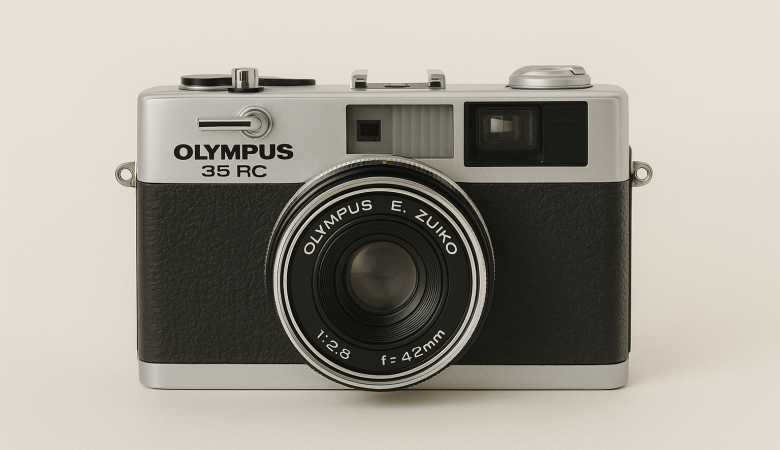

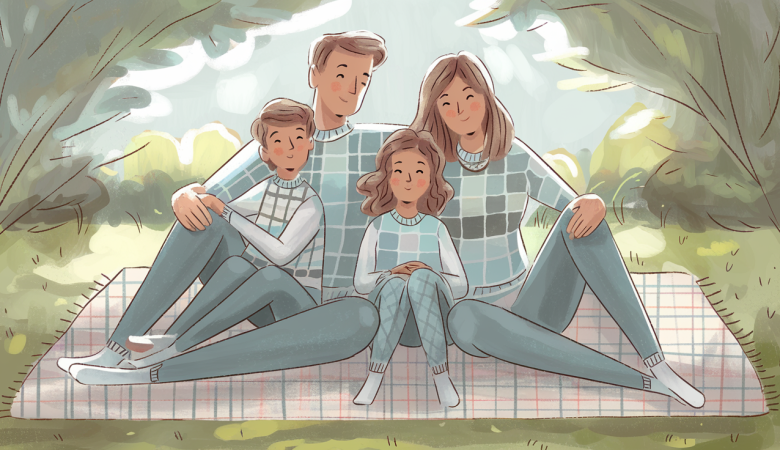
Leave a Reply